Guo Wei
AReaL: A Large-Scale Asynchronous Reinforcement Learning System for Language Reasoning
May 30, 2025Abstract:Reinforcement learning (RL) has become a trending paradigm for training large language models (LLMs), particularly for reasoning tasks. Effective RL for LLMs requires massive parallelization and poses an urgent need for efficient training systems. Most existing large-scale RL systems for LLMs are synchronous by alternating generation and training in a batch setting, where the rollouts in each training batch are generated by the same (or latest) model. This stabilizes RL training but suffers from severe system-level inefficiency. Generation must wait until the longest output in the batch is completed before model update, resulting in GPU underutilization. We present AReaL, a \emph{fully asynchronous} RL system that completely decouples generation from training. Rollout workers in AReaL continuously generate new outputs without waiting, while training workers update the model whenever a batch of data is collected. AReaL also incorporates a collection of system-level optimizations, leading to substantially higher GPU utilization. To stabilize RL training, AReaL balances the workload of rollout and training workers to control data staleness, and adopts a staleness-enhanced PPO variant to better handle outdated training samples. Extensive experiments on math and code reasoning benchmarks show that AReaL achieves \textbf{up to 2.57$\times$ training speedup} compared to the best synchronous systems with the same number of GPUs and matched or even improved final performance. The code of AReaL is available at https://github.com/inclusionAI/AReaL/.
Coexistence of Pulsed Radar and Communications: Interference Suppression and Multi-path Combining
Sep 06, 2022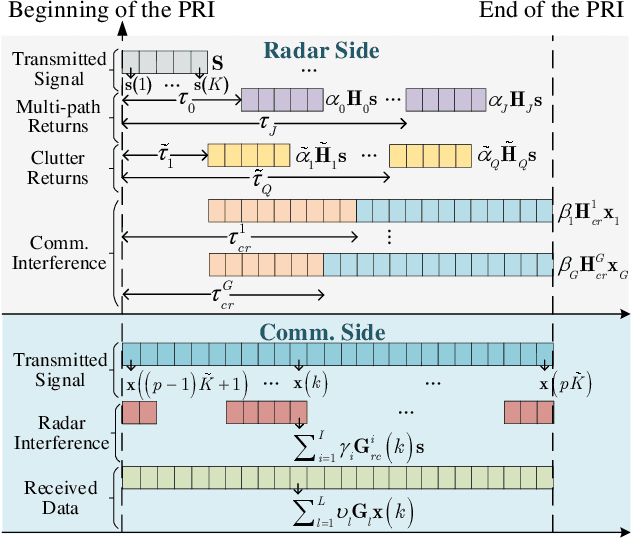
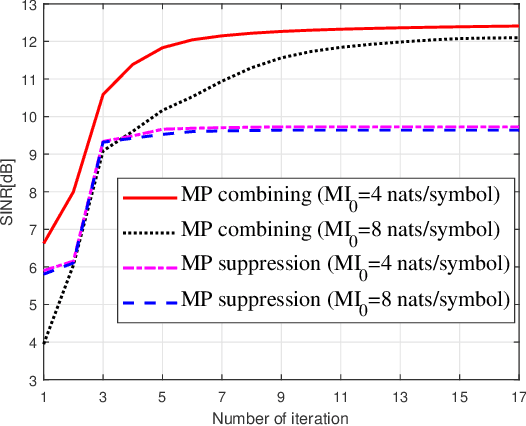
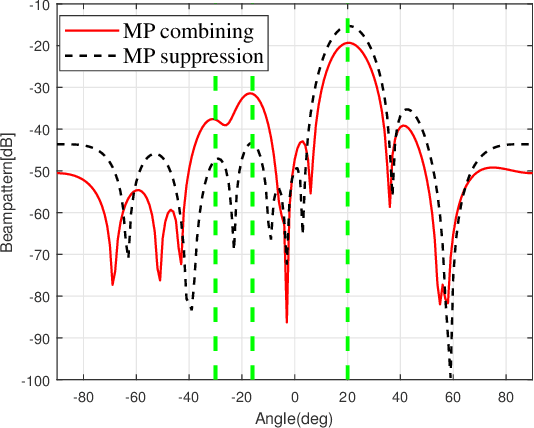
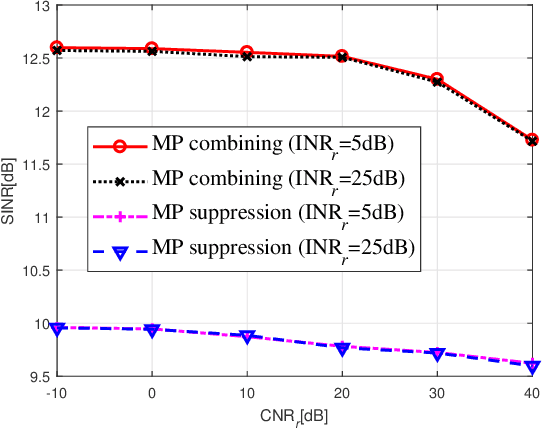
Abstract:The focus of this study is on the spectrum sharing between multiple-input multiple-output (MIMO) communications and co-located pulsed MIMO radar systems in multi-path environments. The major challenge is to suppress the mutual interference between the two systems while combining the useful multi-path components received at each system. We tackle this challenge by jointly designing the communication precoder, radar transmit waveform and receive filter. Specifically, the signal-to-interference-plus-noise ratio (SINR) at the radar receiver is maximized subject to constraints on the radar waveform, communication rate and transmit power. The multi-path propagation complicates the expressions of the radar SINR and communication rate, leading to a non-convex problem. To solve it, a sub-optimal algorithm based on the alternating maximization is used to optimize the precoder, radar transmit waveform and receive filter iteratively. The radar receive filter can be updated by a closed-form solution. The communication precoder and radar transmit waveform can be obtained by the successive convex approximation and alternating direction method of multipliers. Simulation results are provided to demonstrate the effectiveness of the proposed design.
CRB for a Generic Near-Field Positioning System Using Three Electric Field Types
Jul 18, 2022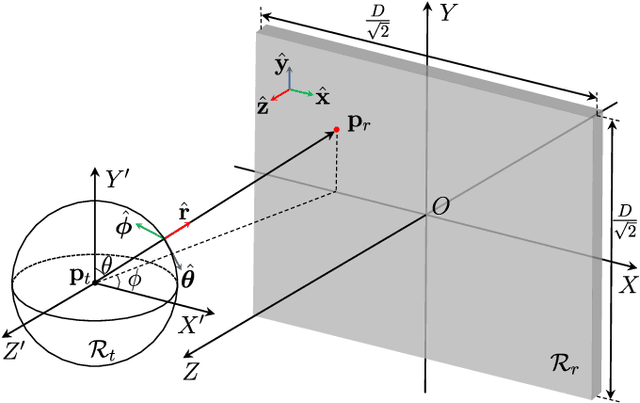
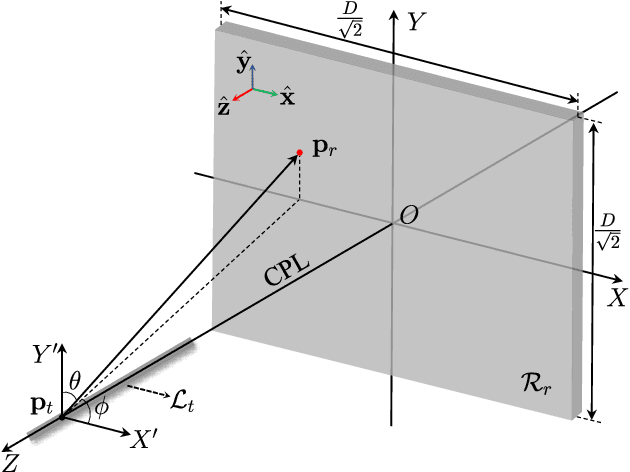
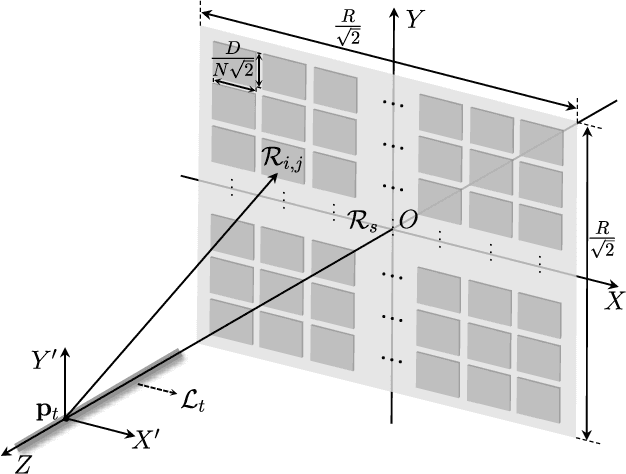

Abstract:The use of larger antenna arrays at higher frequency bands is envisioned in the beyond 5G wireless networks. This takes advantage of the near-field propagation regime where the wavefront is no longer plane but spherical, bringing both new opportunities and challenges for the high-precision positioning. In this paper, a generic near-field positioning model with different observation capabilities for three electric fields (vector, scalar, and overall scalar electric field) is proposed. For these three electric field types, the Cram\'er-Rao bound (CRB) is adopted to evaluate the achievable estimation accuracy. The expressions of the CRBs using different electric field observations are derived by combining electromagnetic theory with estimation theory. Closed-form expressions can be further obtained if the terminal is located on the central perpendicular line (CPL) of the receiving antenna surface. In addition, the above discussions are extended to the system with multiple distributed receiving antennas under the CPL assumption. The CRBs using various electric fields in this case are derived and the effect of different numbers of receiving antennas on estimation accuracy is investigated. Numerical results are provided to quantify the CRBs and validate the analytical results. Also, the impact of various system parameters, including different electric fields and multiple antennas, on the near-field positioning performance is evaluated.
Blind Diagnosis for Millimeter-wave Massive MIMO Systems
Jan 25, 2021


Abstract:Millimeter-wave (mmWave) massive multiple-input multiple-output (MIMO) systems rely on large-scale antenna arrays to combat large path-loss at mmWave band. Due to hardware characteristics and deploying environments, mmWave massive MIMO systems are vulnerable to antenna element blockages and failures, which necessitate diagnostic techniques to locate faulty antenna elements for calibration purposes. Current diagnostic techniques require full or partial knowledge of channel state information (CSI), which can be challenging to acquire in the presence of antenna failures. In this letter, we propose a blind diagnostic technique to identify faulty antenna elements in mmWave massive MIMO systems, which does not require any CSI knowledge. By jointly exploiting the sparsity of mmWave channel and failure, we first formulate the diagnosis problem as a joint sparse recovery problem. Then, the atomic norm is introduced to induce the sparsity of mmWave channel over continuous Fourier dictionary. An efficient algorithm based on alternating direction method of multipliers (ADMM) is proposed to solve the proposed problem. Finally, the performance of proposed technique is evaluated through numerical simulations.
Diagnosis of Intelligent Reflecting Surface in Millimeter-wave Communication Systems
Jan 11, 2021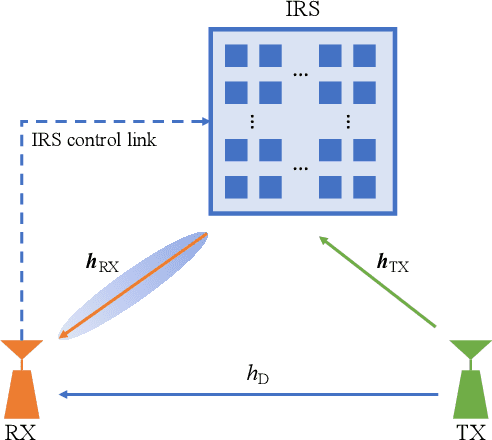
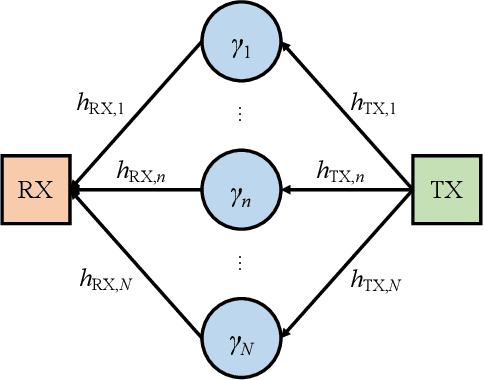
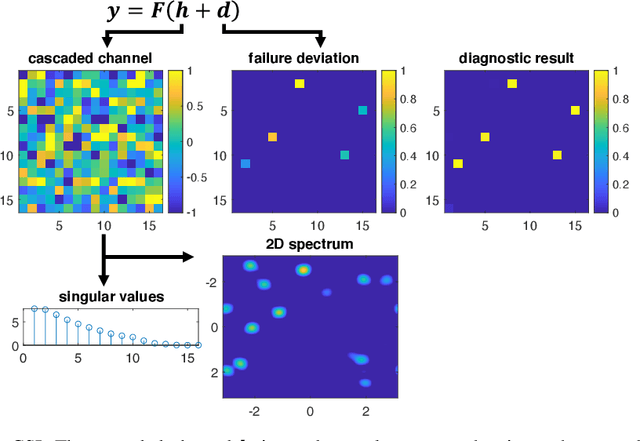

Abstract:Intelligent reflecting surface (IRS) is a promising technology for enhancing wireless communication systems, which adaptively configures massive passive reflecting elements to control wireless channel in a desirable way. Due to hardware characteristics and deploying environments, the IRS may be subject to reflecting element blockages and failures, and hence developing diagnostic techniques is of great significance to system monitoring and maintenance. In this paper, we develop diagnostic techniques for IRS systems to locate faulty reflecting elements and retrieve failure parameters. Three cases of the channel state information (CSI) availability are considered. In the first case where full CSI is available, a compressed sensing based diagnostic technique is proposed, which significantly reduces the required number of measurements. In the second case where only partial CSI is available, we jointly exploit the sparsity of the millimeter-wave channel and the failure, and adopt compressed sparse and low-rank matrix recovery algorithm to decouple channel and failure. In the third case where no CSI is available, a novel atomic norm is introduced as the sparsity-inducing norm of the cascaded channel, and the diagnosis problem is formulated as a joint sparse recovery problem. Finally, proposed diagnostic techniques are validated through numerical simulations.
 Add to Chrome
Add to Chrome Add to Firefox
Add to Firefox Add to Edge
Add to Edge